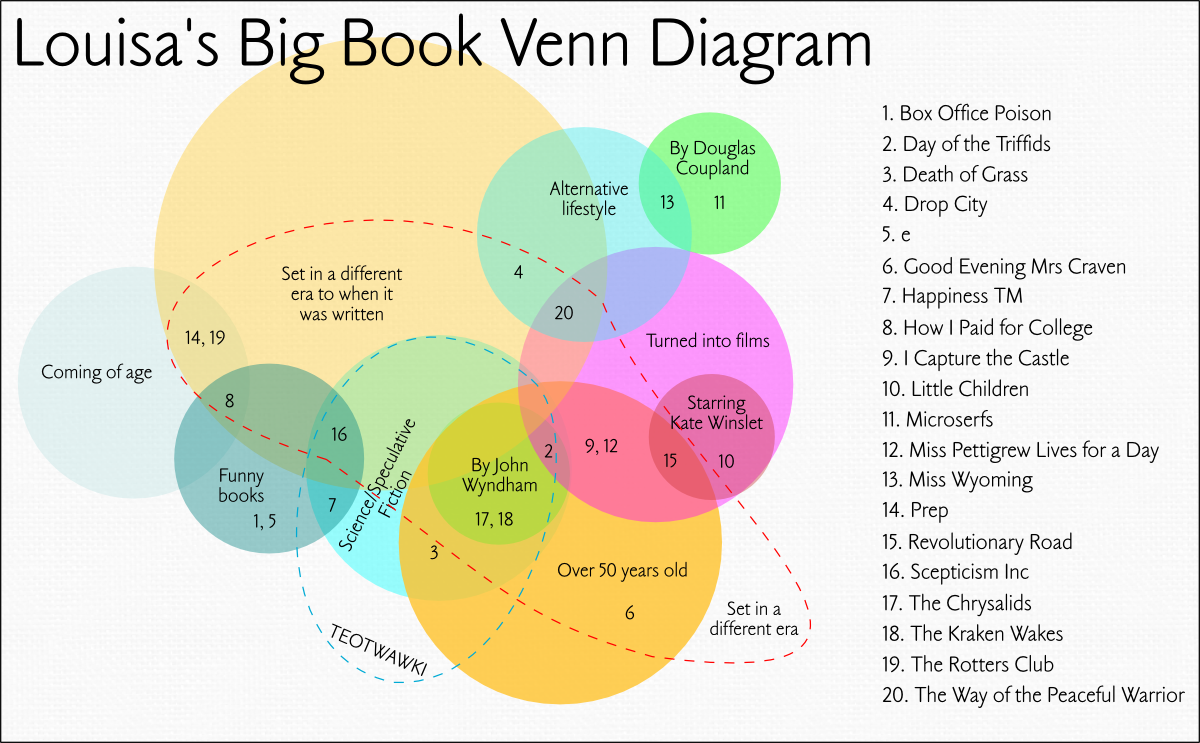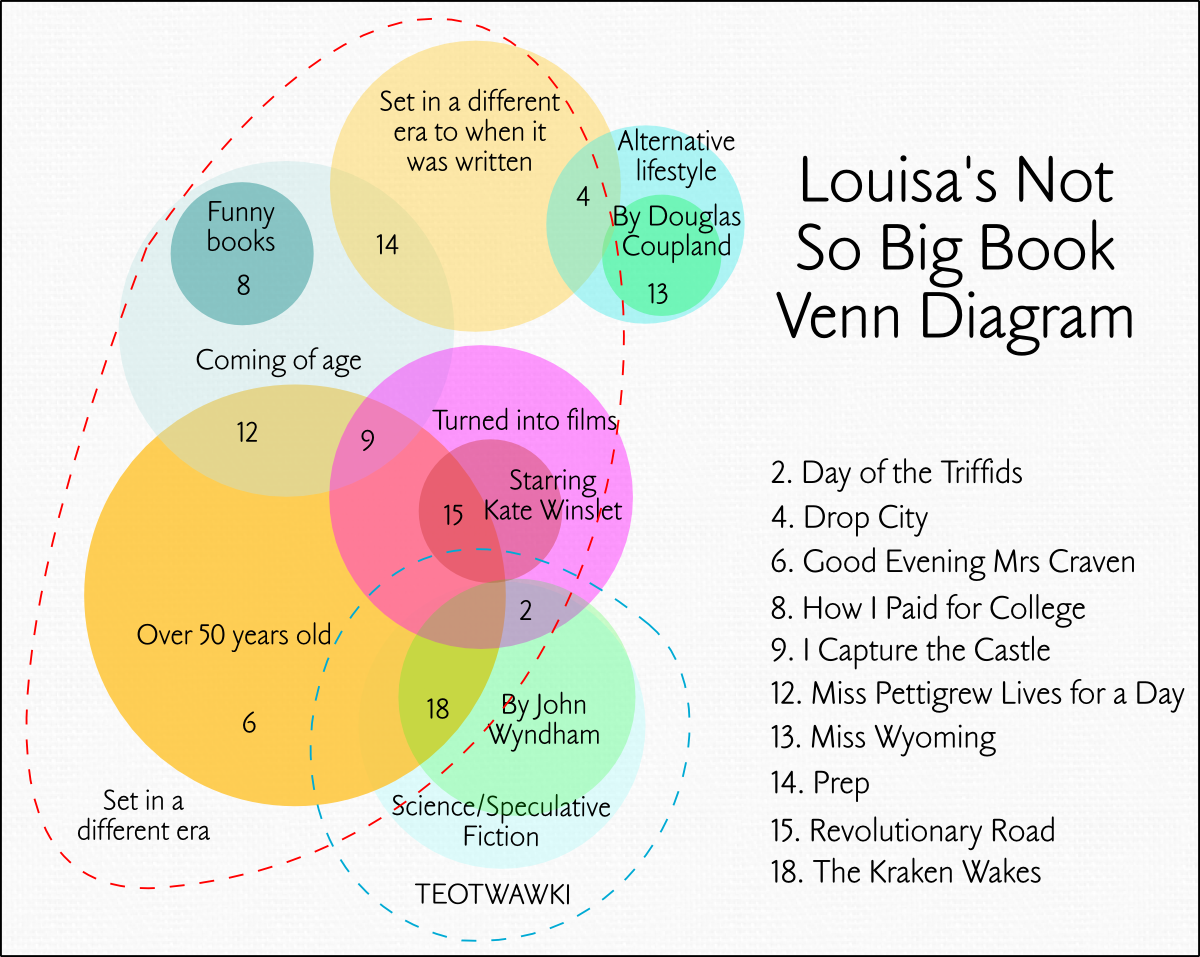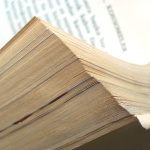(Sittenfeld’s debut novel “Prep” is one of my favourite coming-of-age novels (alongside “I Capture The Castle“”), and not just because of how heavily I identified with the self-doubt and self-esteem issues of the main character, Lee Fiora – I’ve read it, I don’t know, maybe eight or nine times. I think this is my third reading of “American Wife”.)
“American Wife” is openly inspired by the life of Laura Bush: in particular, her love of reading and career choices, her involvement in a car crash that resulted in the death of her friend (possibly boyfriend) at the age of 17, and marrying a rich party boy who would go on to be declared president in 2000 and lead the country into an unpopular and protract war (or rather wars). It is a fictionalised account of fictional characters, but there is heavy leaning on Bush’s story: I found this both interesting and a hindrance.
The novel is narrated by its protagonist Alice Blackwell from the vanity point of 2006 and is divided into four parts: the first covering her childhood up to the car crash and an abortion after she has (understandable but) misguided sex with her now dead friend’s brother; the second section jumps forward a decade or so, to when she meets “Charlie”; the third section jumps another decade, to a crisis in their marriage and his ultimate reform, which puts him on his path to the fourth section, which takes place during his second term at the White House and as a good novel should, pulls together all the themes and loose ends covered thus far.
Alice is a serious (though not cold) introspective reader and it feels like she spends considerably more time reacting to other and analysing things than doing. In the first section her narrative is driven by her more active grandmother Emilie and her best friend Dena but it feels rather a preamble – giving us a reason to care about Andrew before he dies in the car crash and setting up Alice’s big secret (the abortion) so it can be used again in the final act.
The novel really comes alive (and Emilie & Dena get sidelined) when she meets Charlie. Sittenfeld does an admirable job to convince us why quiet liberal Alice might fall for lightweight diehard-Republican Charlie – his charisma simply oozes off the page. I felt quite caught up in the whirlwind of their courtship, which made it more difficult to read about their marriage troubles later on – I very much felt the stings of the hurtful lines that Charlie threw at Alice in the darkest period. As we know that she returns to him after their separation (or else she won’t become the First Lady that is narrating), the interest in their temporary split is not one of story but one of how she will rationalise her return to him.
Their romance aside, Charlie’s family – his many brothers, his fearsome mother and his surprisingly warm father – play a large role in the middle two sections. I have mixed feelings towards them – I’m interested on a looky-loo level — how the other half 1% live — but found their number and boisterousness was anxiety-inducing enough without needing the more manufactured scenes to showcase Alice’s discomfort (the bathroom episode in Halycon being most obvious but also her numerous run-ins with Maj).
While the novel as a whole covers around more than fifty years of Alice’s life, we see much of it in close up – after skipping over her early childhood, we focus for around six weeks at the age of 17, then spend a similar amount of time exploring her courtship and marital crisis respectively. The sections are coloured with flashbacks and other padding but still, I felt in the middle of it, zoomed in, privy to Alice’s thought processes as she had them (even though we’re only hearing about them in hindsight). I think it’s this intimacy that creates my disappointment with the final part of the novel – it feels like it zooms out too far. We skip over Charlie’s time as governor and only hear about the problematic first presidential election and the first term challenges in flashback, which makes them feel like distant done-deals: Alice has already processed her thoughts and feelings on them and is presenting them to us rather than let us see the journey. I also felt distanced from Charlie as a character once his actions began to mimic the well-known ones of his real-life counterpart – his charm no longer worked on me and he seemed flatter as a character (in fact, we barely saw him). While their eventual rise to the White House is what makes us interested in them, I think the journey of how Alice & Charlie became the people they are is more intriguing. Aside from wrapping up loose threads, I could almost have done without the final part.
Whether zoomed in or zoomed out, the time periods felt slightly lacking in colour or differentiation – possibly why they were named after her postal address, as if that was the only thing that notably changed. We had retro cars and music in the early 1960s, a hippy Vietnam vet of an ex-boyfriend in the late 1970s, and a tiny reference to cocaine & Bon Jovi in the 1980s but there was little else to set the scene: if their daughter Ella hadn’t gone from non-existent to school girl between the courtship and marital crisis sections, I would have had no real sense of time passing at all. With the narration happening from some future point (is she possibly recalling it all on the plane to Chicago, with everything after that happening “live”?), we hear intelligent mature adult Alice’s thoughts on everything, which further extend the feelings of uniformity and even the difficult bits feel rationalised and rose-tinted. I can’t look back five years without thinking I was an idiot back then (and have no doubts that 39 year old me will think I’m an idiot now), but for all her self-doubt and introspection, Alice doesn’t seem to ask “why on earth did I do that?”.
I think my enjoyment of the first three-quarters of the book is enough to make me say, overall, I liked it, and knowing me, I probably will read it again but it certainly won’t be as regularly on my reading list as “Prep“. I’ve just bought Sittenfeld’s latest book “Sisterland” but I think I’ll have some non-fiction as a palate cleanser in between.
- Other reviews from January 2014
- Other posts about books




 My current employer, Leeds University Library, is running an event called “
My current employer, Leeds University Library, is running an event called “